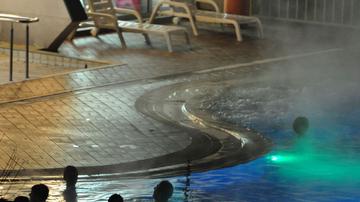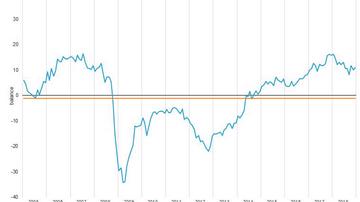
From Kyoto Protocol to Paris Agreement
An important breakthrough in environmental measures to combat the climate change was the Kyoto Protocol, adopted in 1997 with the main goal to lower greenhouse gas emissions. The Kyoto protocol was ratified by Slovenia in 2002 and is currently still in use. With the changes adopted in Doha in 2012, the second commitment period will end in 2020 and then the protocol will be substituted by the Paris Agreement, adopted at the UN climate conference in 2015. The key objective of this Agreement is to take appropriate measures to reduce greenhouse gas emissions and dependency on fossil fuels in order to limit the increase of the global temperature to less than 2 oC until 2100, compared to the preindustrial level.
Rise of the air temperature in Slovenia
According to the data obtained from the Slovenian Environment Agency (ARSO), there are higher temperatures also in Slovenia. Only in the last half century, the average annual temperatures at the measuring station Ljubljana - Bežigrad and the one on Mount Kredarica have increased by 2 oC. Data from the measuring stations across the country indicate the same. In 2011, the average annual temperature on Kredarica exceeded 0 oC for the first time since the measurements have started. This limit was again exceeded only 4 years later – in 2015.
Greenhouse gasses with potential effects on global warming
Several scientific studies recognised that greenhouse gas emissions had the main impact on climate changes in the last two centuries. Besides carbon dioxide (CO2), some other greenhouse gasses are also considered: methane (CH4), dinitro monoxide (NnO), hydrofluorocarbons (HFC), perfluorocarbons (PFC), and sulphur hexafluoride (SF6). All these gasses have a significantly higher greenhouse potential than CO2, although the amounts of these gas emissions are considerably lower – the amounts are therefore expressed in CO2 equivalents. For this reason different conversion factors are taken into account: one unit of CH4 has a 25-times larger greenhouse effect than one unit of CO2; the conversion factors for other emissions are: 298 for N2O, 124–14,000 for HFC emissions, 7,390–12,200 for PFC emissions and 22,800 for SF6 emissions.
The amount of greenhouse gas emissions in Slovenia lower by 17.4% in the 1986–2015 period
Considering CO2 equivalents, the share of CO2 among greenhouse gas emissions in 2015 was 80.8%, while the share of all other gasses was 19.2% (CH4 12.1%, N2O 5.1%, HFC and PFC gasses 2.0% and SF6 less than 0.1 %). In 2015 in Slovenia 16,831 gigagrams (Gg) of CO2 equivalent greenhouse gasses were emitted into the air; that is 1.3% more than in 2014 and 17.4% less than in 1986, the base year of Kyoto protocol. The emissions declined at the beginning of the 1990s and then almost steadily rose until 2008, having reached the highest value since the beginning of the measurement (21,498 Gg of CO2 equivalent). After 2008 emissions kept decreasing relatively fast until 2014, reaching 16,610 Gg of CO2 equivalent. This decline can be partially explained with the occurrences of the financial crisis and warmer winters; hence after 2008 the decrease in the emissions was significant mostly in industrial processes, while in the 2013–2015 period the significant decrease occurred in the energy sector (this sector covers the use of fuels in energy production, in manufacturing, in construction, in transport and in other sectors).
The SURS statistics data on air emission accounts present a decline in greenhouse gas emissions, but not for all of them
Data on air emissions are annually published by SURS within the framework of environmental accounts. These data provide information on quantities of air emissions (greenhouse gasses and other pollutants) since 2008 onwards, considering the residence principle (only emissions from the activities of Slovenian citizens are considered, whether they origin from activities in Slovenia or abroad).
Data on air emission accounts for the 2008–2014 period illustrated the decline in emitted greenhouse gasses, but not for all: the decrease was mostly due to the drop of CO2 emissions, while the emissions of HFC and PFC gasses increased twofold.
Marko Pavlič, Statistical Office of the Republic of Slovenia

































































